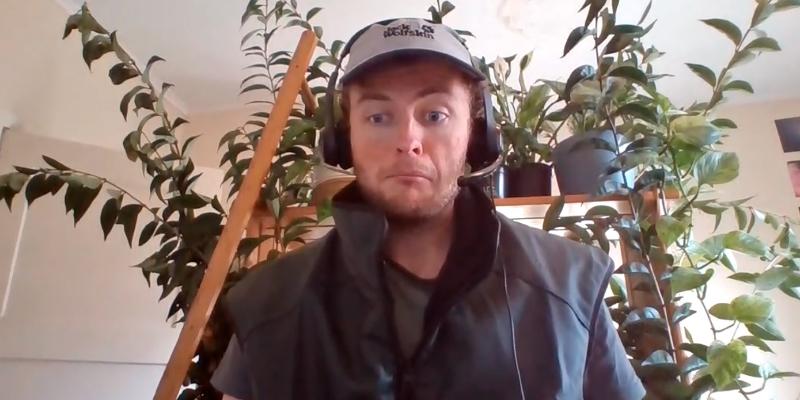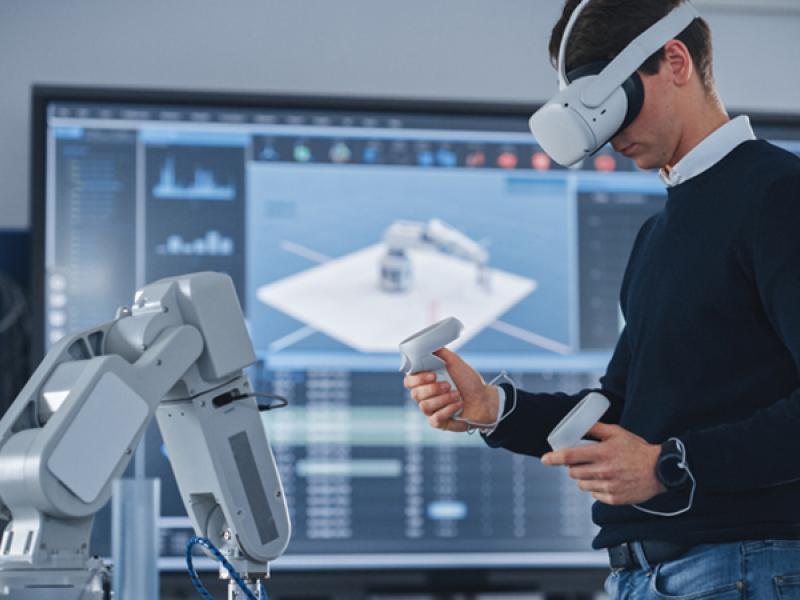Scott Cameron was one of the first engineers at Holmes Consulting to return to the office during Alert Level 2. Reflecting upon what engineering from home meant to him as a young structural engineer, Cameron shares his story.
Engineers at Holmes are used to being flexible and finding solutions to all kinds of challenges, but it’s fair to say the team had to be more flexible than ever when COVID-19 landed on our shores.
Cameron is one of more than 200 people spread in offices across the country, and when Holmes sent its staff on a trial work-from-home period prior to lockdown, he quickly realised his flat wasn’t set up well for the challenge of engineering from home. We’re not talking about high-tech equipment, but even the basics. A rummage around the flat found a fold-up desk, and it took a trip back to the office to equip himself with a desk chair, monitors and a stack of useful resources.
With some teams busier than others, there was an increased need for people to contribute to projects outside their area to keep things moving. As a consulting engineer working in the building structures space, this wasn’t foreign territory to Cameron.
Despite being based in Holmes’ Auckland office, he has been working on a project in Tauranga for the past two years. In fact, a webcam is set up on-site so Cameron can keep an eye on progress from his desk. His familiarity with working remotely helped with the challenges of working from home; however, he found the lack of social interaction and face-to-face connection difficult during lockdown.
“Being on the end of a phone call or video call for weeks on end was challenging. Our office is such a collaborative environment, so I missed just having a conversation with a Technical Director face-to-face or simply chatting to someone socially as they walked past my desk,” said Cameron.
To keep up the connection during lockdown, small teams would catch-up daily over a video call. This wasn’t necessarily to talk about work; sometimes, they would share a song of the day or update each other on their baking ventures.
Cameron also came up with a creative way of reducing the difficulties of distance – he designed daily quizzes to send out every morning to the team.
“At the start of lockdown, I figured we’d be here a while. I like quizzes and thought, why not do something to get everyone involved? About two thirds of our company completed at least one of the quizzes and I had about 60 regulars who hassled me if they didn’t have the quiz in their inbox by 9am sharp,” says Cameron.
The quiz ran for 40 days, but now that most of Cameron’s colleagues are back in the office, he has said farewell to the daily quiz (for now), despite already getting requests to bring it back.
When it came to staying focused, Cameron found that reproducing his workspace at home played an integral part. In addition, marking the difference between home and work life also became an important ritual. For example, he would stop work by 6pm to watch the news and then catch up with flatmates to tune out from work at the end of the day.
Keeping up this routine was important to Cameron, as was creating a positive physical workspace.
“My flatmate loves indoor plants and gave me several plants to put on my desk. She even claims the heat from my laptop made them grow faster!” said Cameron.
Now back in the office, he’s been reflecting on how to retain the positive habits gained during lockdown. Given the considerable uptake in the use of technology within project teams during that period, Cameron predicts teams will cease to rely so heavily on weekly face-to-face meetings.
He’s also already seen the first signs that there will be significant changes in the type of projects he works on. Projects that were previously on the drawing board may no longer stack up financially, providing an important opportunity to push the industry forward and come up with clever engineering and design solutions. Cameron believes the engineering industry is best-placed to front-foot this change.






